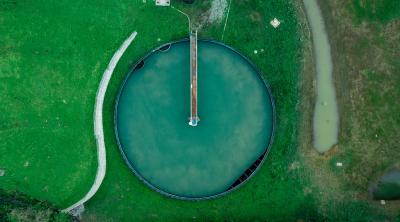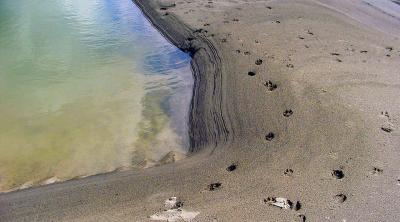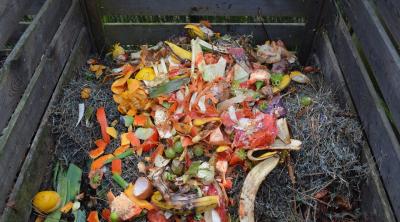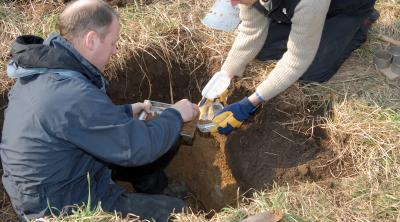GIS
Sector: Crop Science, Extractive Industries, Food & Drink, The Environment
GIS is the backbone of 21st century environmental planning and decision making; knowing where to make changes, what to expect, how to measure impacts and interventions, all rely on good GIS.
Our GIS strengths lie in specialist applications for agriculture, soils and the environment and can be used for future scenario predictions, landscape visualisation/visibility analysis and environmental problem solving.
GIS services from the James Hutton Institute are delivered with completely independent guidance and advice where required and include:
• Project management
• GIS consultancy
• Spatial database design
• Data sourcing, capture, storage and analysis
• Field research (via in-house ecologists and soil scientists)
• Mapping (from traditional cartography to full-stack web-mapping server development)
• Monitoring
• Modelling
GIS specialists at the James Hutton Institute are experienced working with other land use, climate, socio-economics and management disciplines. They have successfully delivered to a diverse range of external clients including local councils, renewable energy companies, statutory bodies, landowners and heritage trusts. Over 35 years, they have delivered flora and fauna surveying, monitoring and assessment, site surveys for Environmental Impact Assessment, evaluation of land management practice, satellite and aerial photograph interpretation/analysis for assessment of land cover change, and modelling and data manipulation. They have provided bespoke analysis, web-mapping solutions and Big-Data modelling.
GIS at the James Hutton Institute is delivered using ESRI ArcGIS, QGIS, Google Earth Engine and PostGIS as well as other, open source software. James Hutton has access to a powerful High Performance Computing cluster, which is ideal for modelling applications that require machine-learning.
For more about GIS services, please contact us.



















